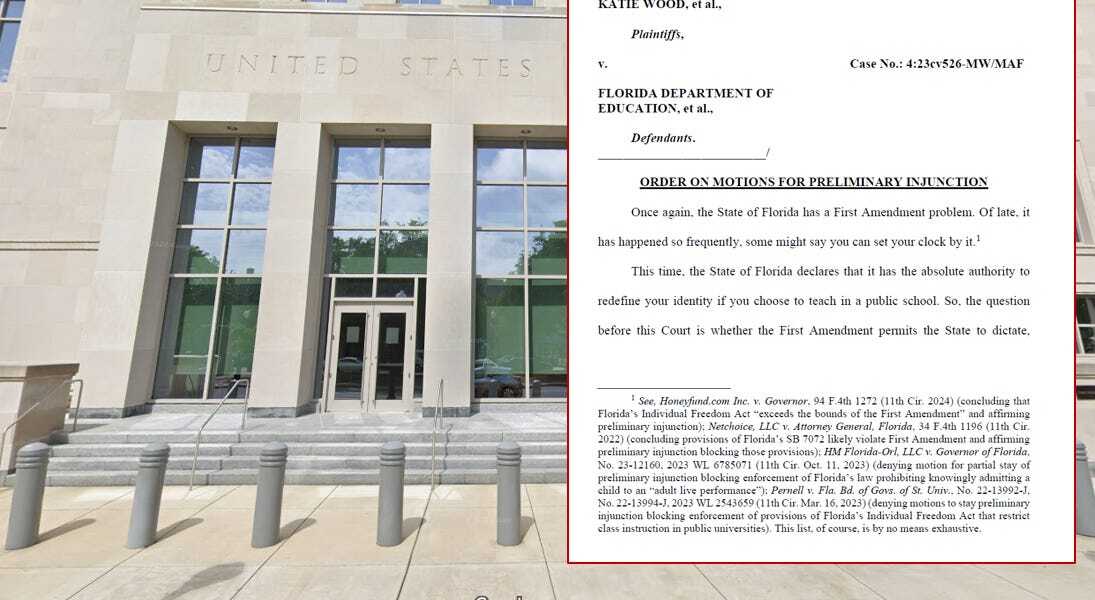PirateJesus
Philip answered him, 2 books is not sufficient for them. And Jesus took the books; and when he had given thanks, he distributed to the disciples, and the disciples to them that were set down. Therefore they gathered them together, and filled twelve baskets with the new copies, which remained over.
- 3 Posts
- 14 Comments

 1·2 months ago
1·2 months agoCreative Commons License (CC BY-NC-ND 3.0)
More States Are Allowing Child Support Payments to Reach Children
by Eli Hager
ProPublica is a Pulitzer Prize-winning investigative newsroom. Sign up for The Big Story newsletter to receive stories like this one in your inbox.
It is one of the enduring myths of the U.S. child support system: that payments made by fathers actually make it to their families. And yet, every year, hundreds of millions of dollars in child support is instead intercepted by federal and state governments — as reimbursement for the mother having received welfare at some point.
But that may be changing. Since a 2021 ProPublica investigation found that child support payments totaling $1.7 billion annually were taken from families and redirected into state coffers, at least six states have rewritten their laws and policies to allow the money to flow directly to kids.
New Mexico, where we focused our reporting, made such a change shortly after our story was published. From Wyoming to Illinois, Michigan to Vermont to California, more child support is now going to children. And several other states are considering similar reforms during their upcoming legislative sessions.
This July, Illinois will start “passing through” all child support paid by fathers to their families, instead of pocketing it as repayment for welfare. “The intent of this change is for more families to receive more support,” said Jamie Munks, spokesperson for the Illinois Department of Healthcare and Family Services. A state’s child support system should not be funded by withholding child support from the lowest-income families being served, she said.
“Not passing through money to a family who is already experiencing financial difficulties will likely exacerbate those difficulties and may make them more reliant on government assistance,” Munks added.
Nicole Darracq, assistant director at the California Department of Child Support Services, said that under a new state law her agency has roughly doubled the amount of child support that it is passing through to families currently receiving welfare. There was roughly a $44 million net increase in payments to families from 2019 to 2022, she said.
Darracq added that starting this week, another piece of new state legislation will allow child support that fathers pay to mothers who’ve previously received welfare to go to those moms and their kids, instead of being intercepted. This change will send an additional $160 million to families each year, she said.
According to the National Conference of State Legislatures’ most recent analysis of state laws, at least 26 states and Washington, D.C., pass through some or all child support payments made by fathers to their families that have received welfare, also known as Temporary Assistance for Needy Families. In the other states, the government takes the cash.
The practice of confiscating child support from poor families persists in part because some conservative policymakers believe that welfare provided to single mothers should be considered a loan from taxpayers, to later be repaid by the patriarch of the family.
“Legislators suggest to me that if a family gets both [welfare] and child support, they’re ‘double-dipping,’” Jim Fleming, past president of both the National Council of Child Support Directors and the National Child Support Enforcement Association, told ProPublica in 2021. “That argument is still out there,” he said, although it is “becoming more and more of a minority view.”

 8·2 months ago
8·2 months agoYour complaints should be in the donation message.

 2·2 months ago
2·2 months agoRecognize him for a different OG status:
His work was so bad that all the “internet nerds” worked overnight trying to disprove him.
It would stop being science very very quickly, and just be “hey girl, heard you want your son to attend the “control group” school”.
People saying flip phones. But search for grey scale e-ink phones. Pretty sure they can only handle apps the company designed for them. Battery life is forever. And they can practice using their pocket computers.
Everybody speculating on what it tastes like. When we should probably just pour money into scientific research to bring dinosaurs back from the dead to confirm definitively their taste.

 51·3 months ago
51·3 months agoChecks notes: I don’t know what you mean, I’m 2024 years old

 41·3 months ago
41·3 months agoCommunities need an auto mod to limit age of accounts.

 182·3 months ago
182·3 months ago
Jesse, WTF are you talking about
I’ve never heard the phrase Catholic and Christians before. Catholic vs Protestant maybe.

 52·3 months ago
52·3 months agoDistilled water is fine for you. Otherwise big gov would be telling you to pack up vitamins/minerals for emergencies (they do anyways, but not because of distilled water worries).
SSDs still have component bottlenecks that can kill the whole drive, same as hard drives.
Also, 3-2-1 is far superior to RAID, but having RAID on top of that is nice.
- Maintain three copies of your data: This includes the original data and at least two copies.
- Use two different types of media for storage: Store your data on two distinct forms of media to enhance redundancy.
- Keep at least one copy off-site: To ensure data safety, have one backup copy stored in an off-site location, separate from your primary data and on-site backups. https://www.veeam.com/blog/321-backup-rule.html

 1·3 months ago
1·3 months agoHi there, hope your week’s been going well.





Guess who doesn’t read the news but shows up to vote anyways?
Vote!